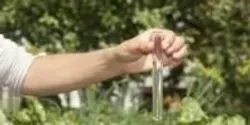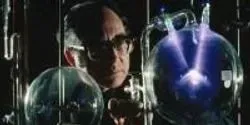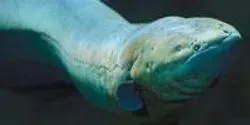Chemistry

Green-chemistry researchers at McGill University have discovered a way to use water as a solvent in one of the reactions most widely used to synthesize chemical products and pharmaceuticals.

Stanley Miller, the chemist whose landmark experiment published in 1953 showed how some of the molecules of life could have formed on a young Earth, left behind boxes of experimental samples that he never analyzed. The first-ever analysis of some of Miller’s old samples has revealed another way that important molecules could have formed on early Earth.

The American Chemical Society (ACS) named 10 semifinalists in its Chemistry Champions contest on June 24. The contest aims to find and train promising science communicators — perhaps even find the Carl Sagan of chemistry.

From such courses as Pesticides, Insecticides and the Environment to Philosophy of Science, Cornell University’s newest chemistry majors have a wide range of electives they can now choose from to fill out the 60-credit major.

It’s that time of the year again when people are moving their kitchens outside in order to soak up the warm weather and smoky aromas of grilling. Institute of Food Technologists (IFT) spokesperson Guy Crosby, PhD, CFS provides insight into the food science behind BBQ. Crosby addresses how a marinade works to keep your meat tender, how smoking infuses new flavors into meat, searing, and more.

In an effort to find and train promising science communicators – perhaps even find the "Carl Sagan of chemistry"–the American Chemical Society (ACS) is launching the Chemistry Champions contest. Semifinalists in the contest will be flown to the ACS National Meeting in San Francisco for communications training and finalists will compete in front of a live audience. Contest details are available at http://www.acs.org/chemchamps.














